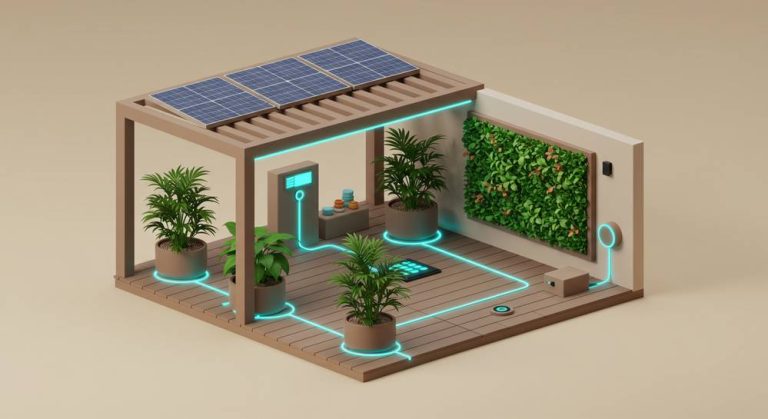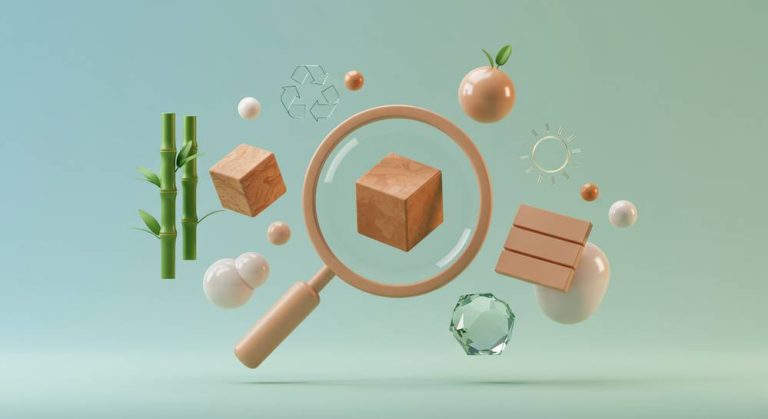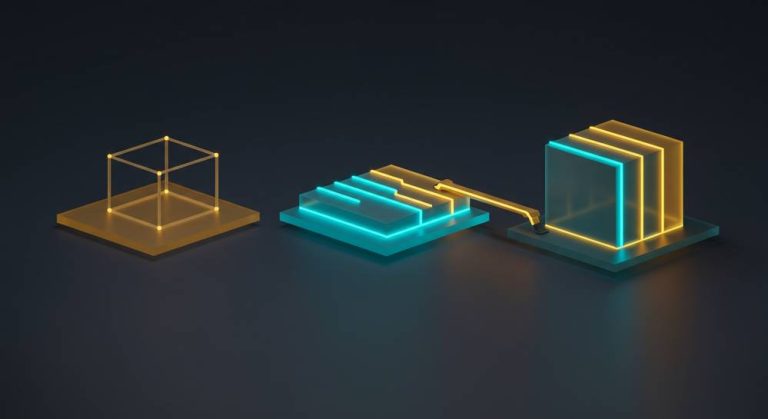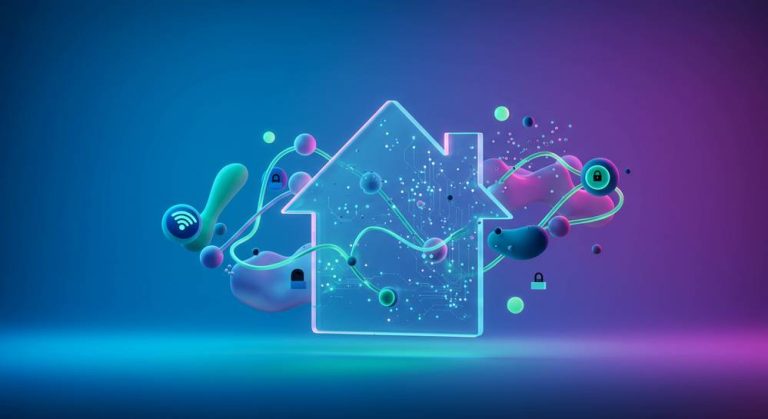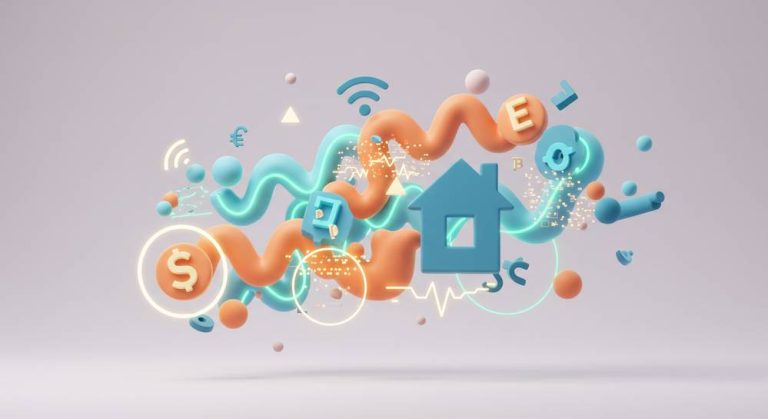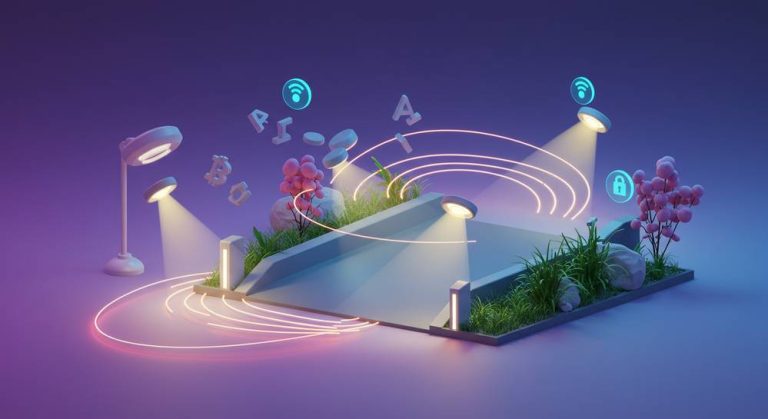Green roofing and sustainable architecture are pivotal in shaping urban landscapes that are both environmentally responsible and economically viable. These innovative approaches transcend traditional construction, offering multifaceted benefits that address critical ecological challenges. Understanding the symbiotic relationship between green roofing and sustainable architecture is essential for anyone looking to contribute to a more resilient and harmonious built environment.
The Core Principles of Green Roofing
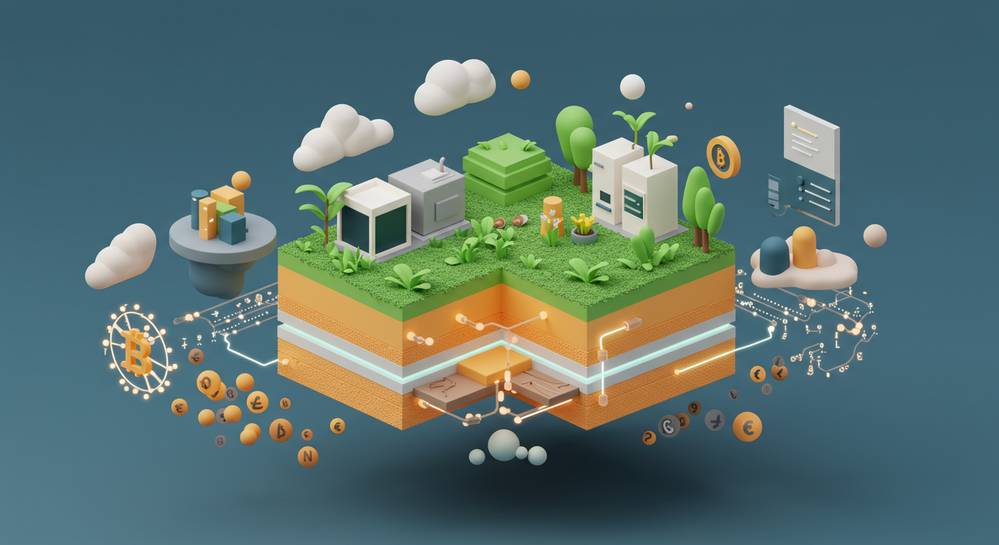
Green roofing integrates living vegetation onto building surfaces, a transformative practice in modern construction. This innovative approach, central to sustainable architecture, relies on core principles for its ecological and structural benefits.
Foundational Green Roof Principles
A primary principle is the meticulously engineered multi-layered system. This includes waterproofing, a root barrier, drainage, filter fabric, and a specialized growing medium. Each layer ensures structural integrity, prevents water ingress, and supports plant health.
Ecological integration forms another vital principle. Green roofs mimic natural ecosystems, fostering urban biodiversity. They provide crucial habitats for pollinators and wildlife, enhancing urban green spaces and environmental resilience.
Finally, green roofing embraces passive environmental control. The vegetative layer acts as a natural insulator, moderating internal building temperatures. This thermal regulation reduces energy consumption, embodying the essence of green roofing and sustainable architecture for a greener future.
Synergies with Sustainable Architecture
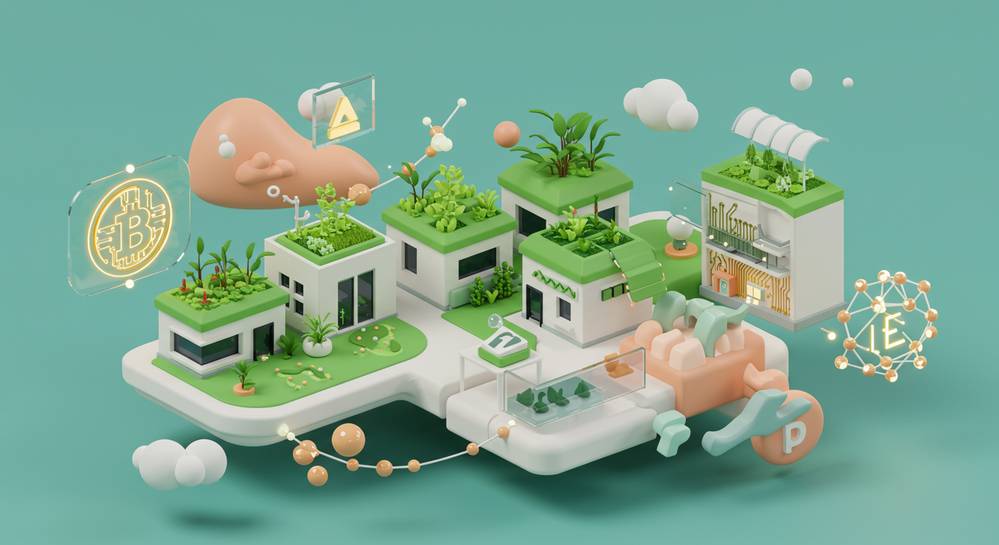
Green roofing stands as a vital component of sustainable architecture, moving beyond aesthetics to deliver profound environmental benefits. Sustainable design prioritizes minimizing negative ecological impact through efficient resource use. Green roofs perfectly align with this philosophy, offering critical contributions to building performance.
Key Synergies for Sustainable Architecture
- Energy Efficiency: The vegetative layer acts as a natural insulator, reducing heat transfer. This keeps interiors cooler in summer and warmer in winter, significantly lowering heating and cooling demands. This aligns with modern home architecture trends.
- Stormwater Management: Green roofs absorb substantial rainfall, delaying runoff and easing pressure on urban drainage. They also filter pollutants, improving urban water quality and mitigating flood risks.
- Improved Air Quality: Plants on green roofs filter airborne particulates and produce oxygen. They actively sequester carbon dioxide, contributing to cleaner urban air and mitigating climate change effects.
These combined effects make green roofing an indispensable element of sustainable architecture, enhancing overall environmental performance.
Environmental and Economic Advantages
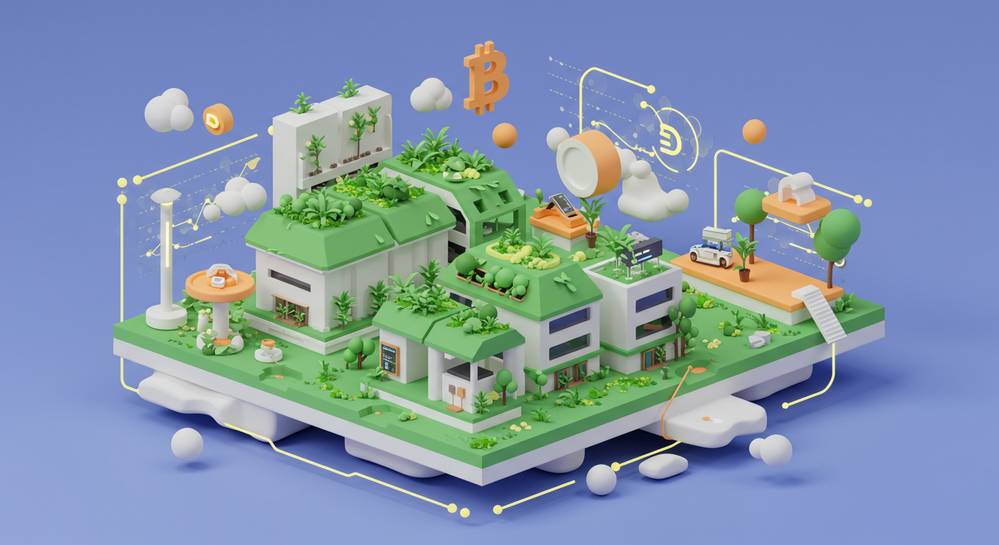
Green roofs offer compelling environmental and economic advantages, making them a smart investment for sustainable development. These benefits extend beyond aesthetics, providing tangible returns for property owners and urban environments.
- Extended Roof Lifespan: The vegetative layer protects roofing membranes from UV and temperature extremes. This significantly prolongs roof durability, often doubling its lifespan, cutting long-term replacement costs.
- Noise Reduction: Green roof layers provide excellent sound insulation. They effectively dampen external noise, creating quieter indoor spaces, crucial in dense urban areas.
- Biodiversity Enhancement: Green roofs create vital new habitats for urban wildlife. They support pollinators, boosting local ecological health and enriching city biodiversity.
- Property Value Increase: Buildings with green roofs often see enhanced market appeal. Their environmental performance and lower operational costs attract buyers, increasing property value.
- Financial Incentives: Many regions offer tax credits or subsidies for green roof installations. These incentives boost economic viability, making green roofs a financially attractive choice.
Implementation and Future Trends
Successful green roof implementation demands meticulous planning for long-term performance. Initial assessments must confirm structural capacity to support the significant weight of saturated soil and plants. Robust waterproofing and efficient drainage layers are paramount to prevent leaks and ensure healthy plant vitality. Furthermore, selecting drought-tolerant, climate-appropriate plant species minimizes resource needs and maintenance.
Emerging Innovations in Green Roofing
- Modular Green Roof Systems: These pre-vegetated trays simplify installation and maintenance. They make green roofs more accessible for diverse building types and retrofit projects.
- Integrated Solar Panels: Combining green roofs with photovoltaic systems enhances solar panel efficiency. The cooler ambient temperatures from the vegetation improve energy generation, creating a powerful synergy.
- Smart Green Roofs: Equipped with advanced sensors, these roofs monitor crucial parameters. They track moisture levels and plant health, enabling automated, optimized irrigation and resource management.
The future of green roofing increasingly integrates advanced technology. This maximizes environmental benefits and solidifies its critical role in resilient urban planning. These innovations drive further adoption of green roofing and sustainable architecture globally.
Embracing green roofing and sustainable architecture is more than a design choice; it’s a commitment to a healthier planet and more vibrant communities. These integrated solutions offer a pathway to mitigate climate change impacts, enhance urban biodiversity, and create resilient, resource-efficient structures. As we look towards the future, integrating these principles becomes paramount for developing spaces that not only serve human needs but also thrive in harmony with nature. Explore possibilities for your projects with Future Home Fixtures.
